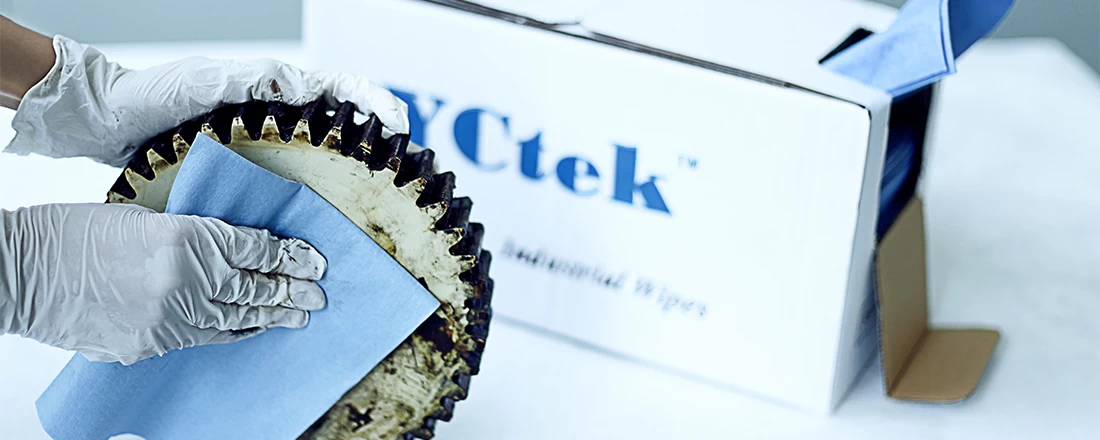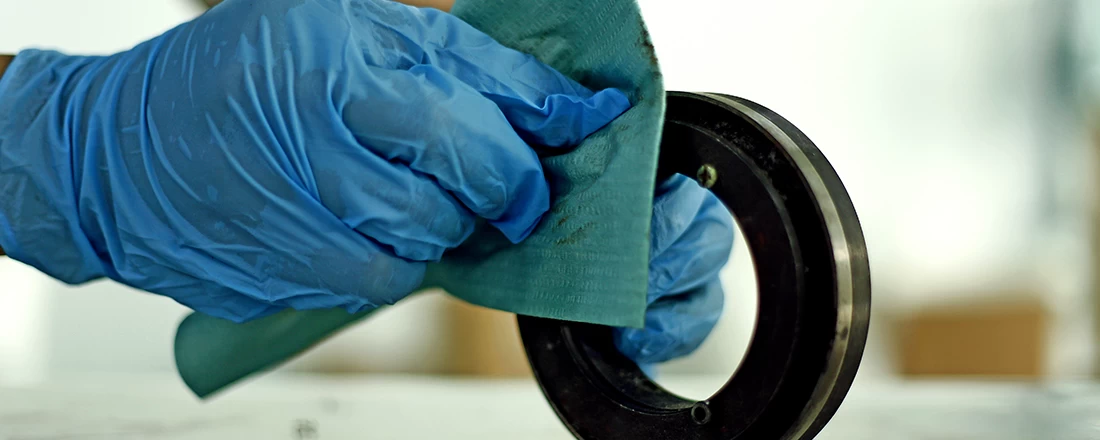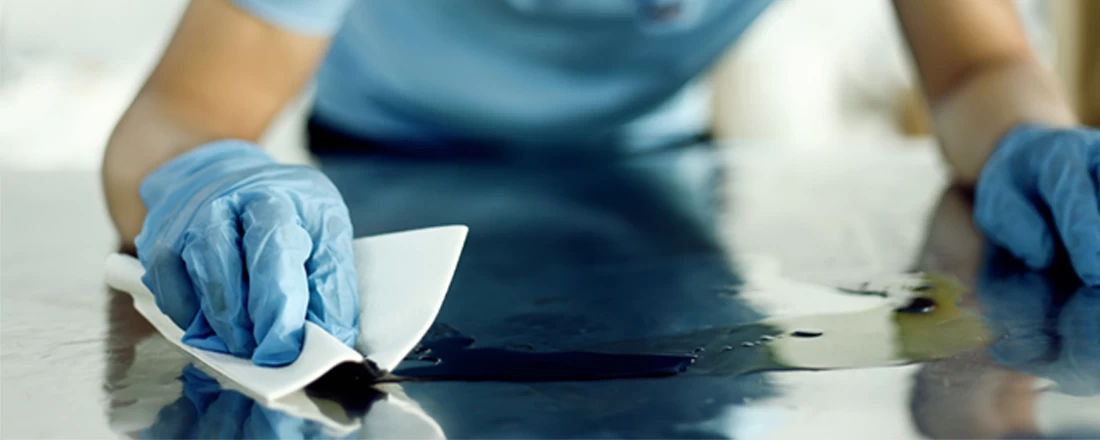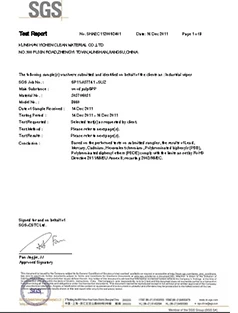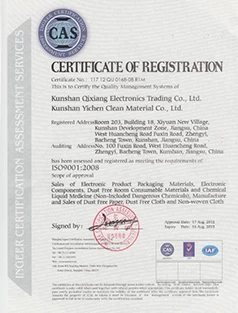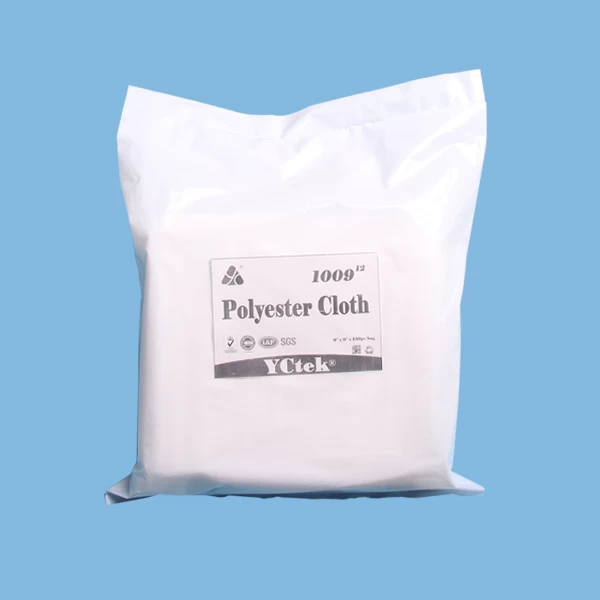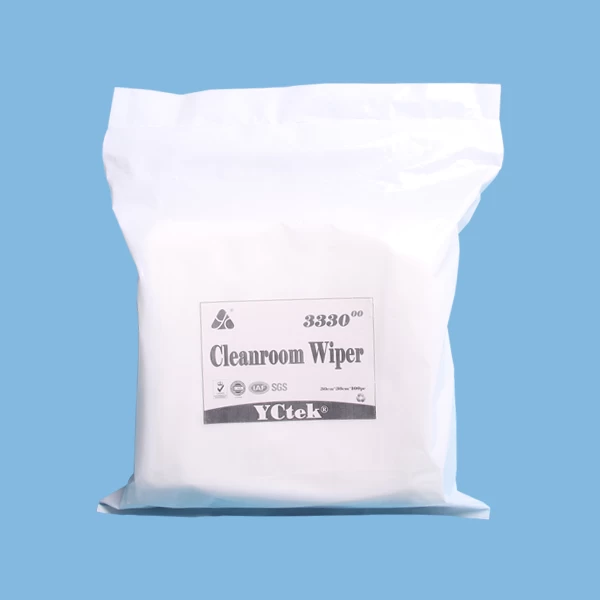Nonwoven fabric that is not woven
Nonwoven fabric that is not woven
In the public mind, traditional fabrics are woven.And the name of the non-woven fabric this kind of cloth but let a person doubt, it really does not need to textile?
Non-woven cloth is also known as non-woven cloth, that is, cloth without weaving or weaving.It is not the traditional sense of yarn woven one by one, braided and become, but through the physical method of fibers directly bonded together to form a cloth.From the production process, non-woven fabrics directly use polymer slices, short fibers or filaments to fiber through air flow or mechanical net, and then after spunlaced, acupuncture or hot rolling for reinforcement, and finally after finishing the formation of non-woven fabric.
The production process of nonwoven fabric can be divided into the following steps:
1. Comb the whole fiber;2. The fiber forms a net;3. Fixation of fiber net;4. Heat treatment;5. Finally finishing and processing.
According to the cause of non-woven cloth can be classified as:
(1) spunlaced non-woven fabric: the high pressure micro-water jet to a layer or multiple layers of fiber network, so that the fibers intertwine with each other, so as to strengthen the fiber network.
(2) thermal nonwoven fabric: refers to adding fibrous or powdery hot-melt bonding reinforcement materials into the fiber net to make the fiber net melt and then cool after heating to strengthen the fabric.
(3) pulp air flow into net non-woven fabric: also known as dust-free paper, dry papermaking non-woven fabric.It is the use of airflow into the net technology will be wood pulp fiber into a single fiber, with airflow to make the fiber agglutinate in the net curtain and then reinforce into cloth.
(4) wet non-woven fabric: the fiber raw material in the water medium is loosened into a single fiber, and the different fiber raw material is mixed, and the fiber suspension slurry is delivered to the net forming mechanism, and the net is strengthened into cloth under the wet state.
(5) spunbonded non-woven fabric: after the polymer is extruded and stretched to form a continuous filament, laid into a net, the fiber net after bonding or mechanical reinforcement, into non-woven fabric.
(6) melt-blown nonwoven fabric: the production steps are polymer input - melt extrusion - fiber formation - fiber cooling - mesh formation - reinforcement into cloth.
(7) Needling non-woven fabric: it is a kind of dry non-woven fabric. It uses the puncture effect of the needle to reinforce the fluffy fiber net into cloth.
(8) stitched non-woven fabric: is a kind of dry non-woven fabric, the use of warp knitting coil structure of fiber net, yarn layer, non-textile materials (such as plastic sheets, etc.) or their combination of reinforcement made of non-woven fabric.
A wide range of fiber raw materials are needed to make non-woven fabrics, such as cotton, hemp, wool, asbestos, glass fiber, viscose fiber (rayon) and synthetic fiber (including nylon, polyester, acrylic ester, polyvinyl chloride, vinylon, etc.).But now the production of non-woven fabric is no longer based on cotton fiber, rayon and other fibers have replaced its position.
Non-woven cloth is a new type of environmental protection materials, moisture-proof, breathable, elastic, light weight, non-combustion-supporting, easy to decompose, non-toxic and non-irritating, colorful, low price, recycling and reuse characteristics, so the application field is very wide.
In industrial materials, non-woven fabrics have high filtration efficiency, insulation, thermal insulation, acid resistance, alkali resistance, tear resistance and other characteristics, and are often used in the production of filter media, sound insulation, electrical insulation, packaging, roofing and abrasive materials and other products.In the commodity industry, it can be used as core material for clothing, curtain, wall decoration material, diaper, travel bag and so on.In the medical and health products, it can be used for the production of operating gowns, disease gowns, masks, sanitary belts, etc.

